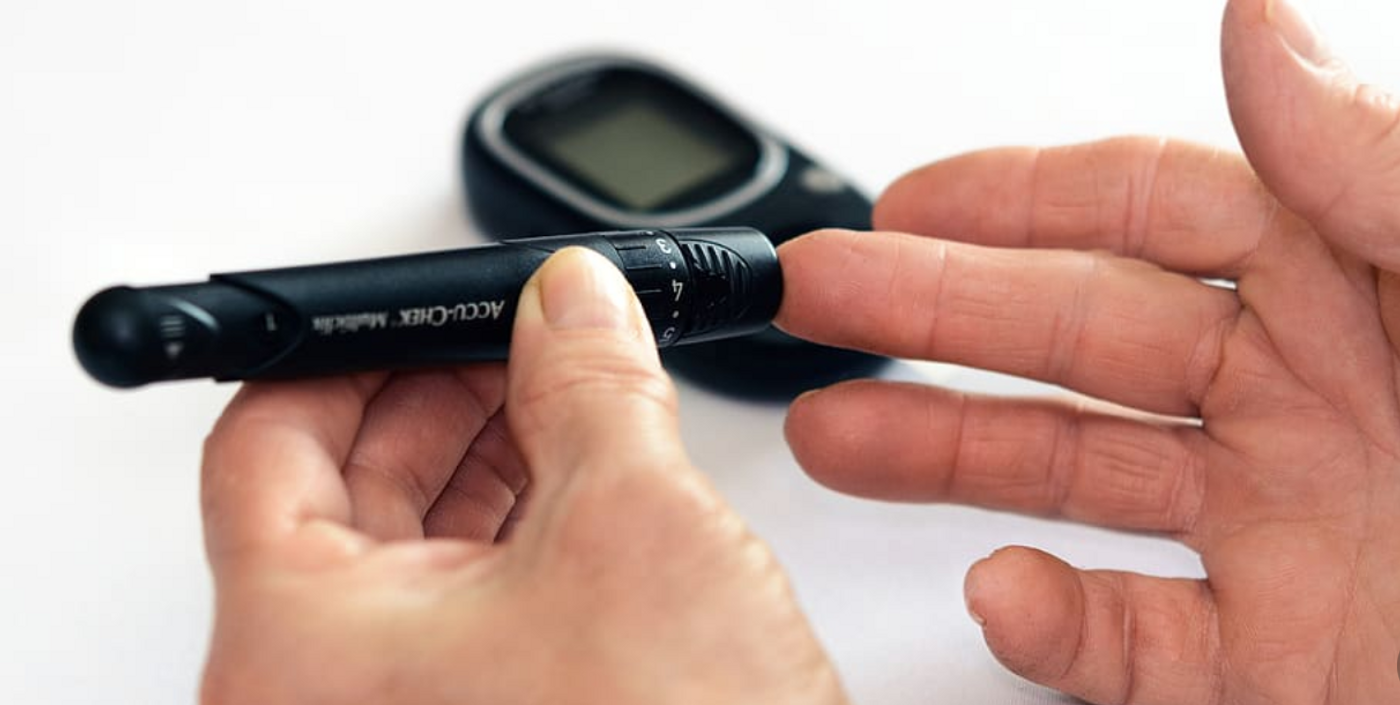Twin Study Reveals Epigenetic Links to Type 2 Diabetes
Identical twins carry the same genome in their cells, which makes them powerful subjects in the study of human disease. If a trait is carried by one twin but not the other, it's been thought that the trait is not due to genetics. The opposite would theoretically also be true; a genetic trait would be carried by both twins. A twin study has been conducted to investigate the development of type 2 diabetes, which can arise in one twin but not the other. There is previous research that has suggested that some lifestyle choices might influence the risk of getting diabetes. This research has shown that in sets of twins where only one of the twins got type 2 diabetes, gene expression is different in those twins. The findings have been reported in Diabetes.
In this work, 14 pairs of European twins with an average age of 68 were recruited, and in the pairs of twins, one of each had gotten type 2 diabetes. The individuals that had gotten the disease tended to have a higher BMI than their sibling. Fat biopsies were collected from the study volunteers.
The scientists analyzed the microRNA content and an epigenetic marker known as DNA methylation in the tissue, which can both affect protein expression. Epigenetic marks do not alter the DNA sequence, but they can affect gene activity and some are heritable. Environmental conditions can affect epigenetics.
This research indicated that a gene that generates an microRNA called microRNA-30 was not as active in the twins that had type 2 diabetes, and there was less microRNA-30 in their fat cells compared to their siblings. This pattern was confirmed in unrelated individuals, 28 with and 28 without diabetes.
"We were able to confirm our results in individuals with no twin siblings and this proves that our results are relevant to all people and not only to identical twins," said study co-author Emma Nilsson, a Lund University researcher.
Additional work in cultured fat cells showed that when they had lower levels of microRNA-30, their ability to absorb glucose was impacted.
"We see the same pattern in people with type 2 diabetes. The study is an importance piece of the puzzle in our work to understand the mechanisms behind type 2 diabetes. The more pieces of the puzzle we find, the better the new drugs we can develop," said Nilsson.
It may be possible to use microRNA in a treatment strategy for type 2 diabetes, suggested Nilsson.
Sources: Lund University, Diabetes









